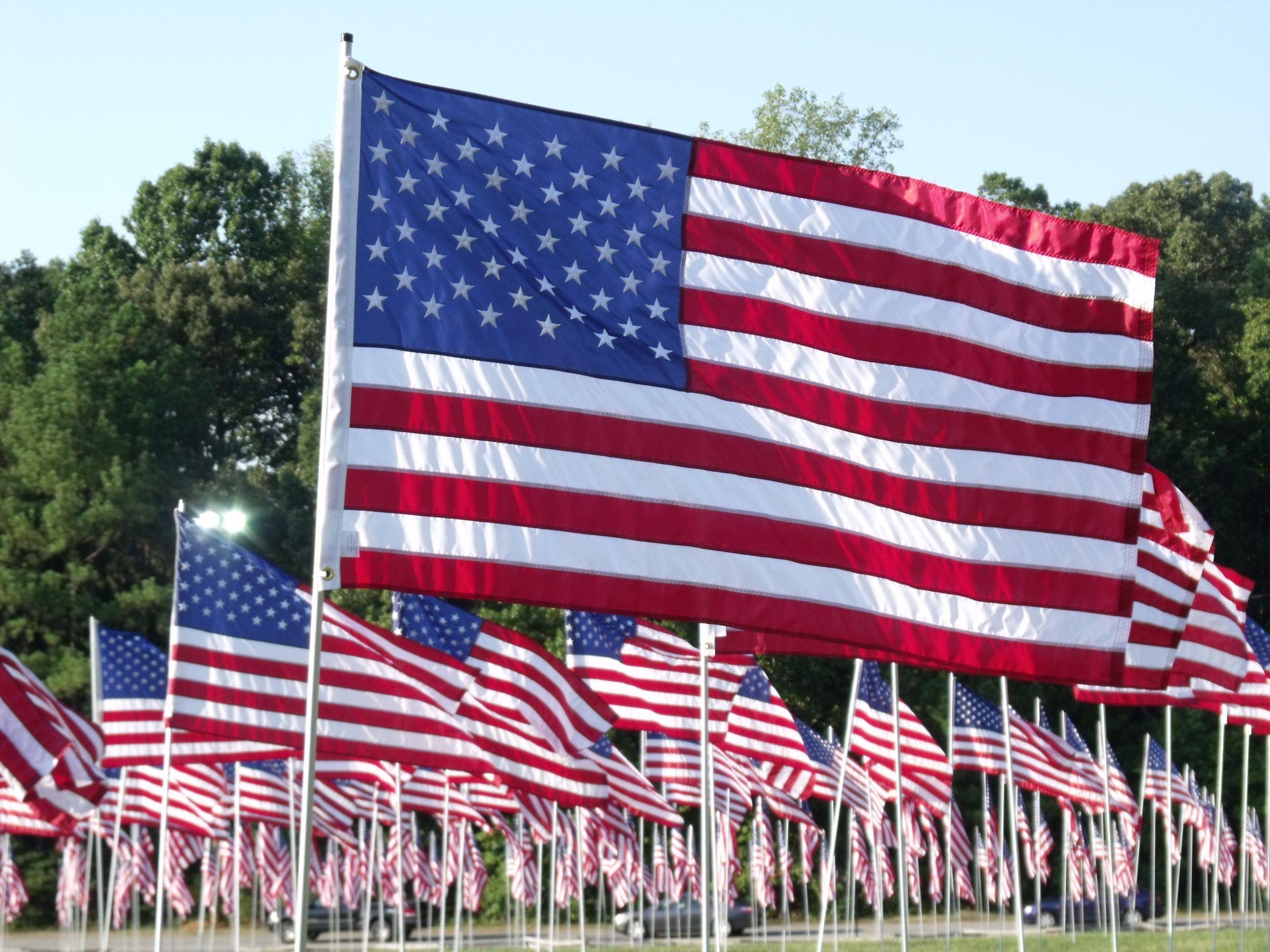“We do not know one promise these men made, one pledge they gave, one word they spoke; but we do know they summed up and perfected, by one supreme act, the highest virtues of men and citizens. For love of country they accepted death…”
— James A. Garfield, May 30, 1868, Arlington National Cemetery
Each spring, as flowers bloom and flags are raised, Americans pause to remember the brave souls who gave their lives in service to the nation. Memorial Day, a solemn tradition rooted in sacrifice and remembrance, is more than the unofficial start of summer—it is a sacred day of honor.
The Birth of a Tradition
Long before it was called Memorial Day, the holiday was known as Decoration Day, named for the heartfelt act of adorning soldiers’ graves with flowers, flags, and wreaths. This gesture of remembrance began in earnest after the Civil War, when communities across the country sought ways to honor the immense loss of life.
On May 30, 1868, Decoration Day was officially established through a proclamation by General John A. Logan, leader of the Grand Army of the Republic, a Union veterans’ organization. That day, at Arlington National Cemetery, over 5,000 people gathered as former Union General—and then Ohio Congressman—James A. Garfield delivered a moving speech. Together, participants placed flowers on the graves of more than 20,000 Union and Confederate soldiers laid to rest on those hallowed grounds.
Remembering Before It Was Official
Even before the formal proclamation, acts of remembrance were taking shape. One of the earliest known Memorial Day observances occurred on May 1, 1865, in Charleston, South Carolina, where a group of formerly enslaved people organized a ceremony to properly bury Union soldiers who had died in a Confederate prison camp. It was a powerful act of gratitude and justice that helped lay the foundation for the national tradition.
From State to Nation
In 1873, New York became the first state to formally recognize Decoration Day as a legal holiday. Over time, other states followed. What began as a tribute to Civil War dead gradually expanded in scope. Following the devastation of World War I, the holiday grew to honor all American military personnel who died in service, regardless of conflict.
Becoming Memorial Day
The name “Memorial Day” slowly gained popularity through the 20th century. In 1971, Congress passed the Uniform Monday Holiday Act, officially declaring Memorial Day a federal holiday to be observed on the last Monday in May, giving Americans a dedicated time to remember those who made the ultimate sacrifice.
Tradition of Honor
Today, Memorial Day is observed across the United States with parades, speeches, and moments of silence. At Arlington National Cemetery, a small American flag is placed at each grave—a sea of red, white, and blue that silently honors each life lost. The President or Vice President traditionally lays a wreath at the Tomb of the Unknown Soldier, paying tribute to those whose names and stories may be lost, but whose sacrifice is not forgotten.
Memorial Day is more than a date on the calendar. It is a reminder that our freedoms were bought with courage, paid for in lives, and remembered in silence, flowers, and flags. Each year, we pause not only to grieve but to honor, reflect, and ensure that the memory of the fallen endures in the heart of the nation they died to protect.


